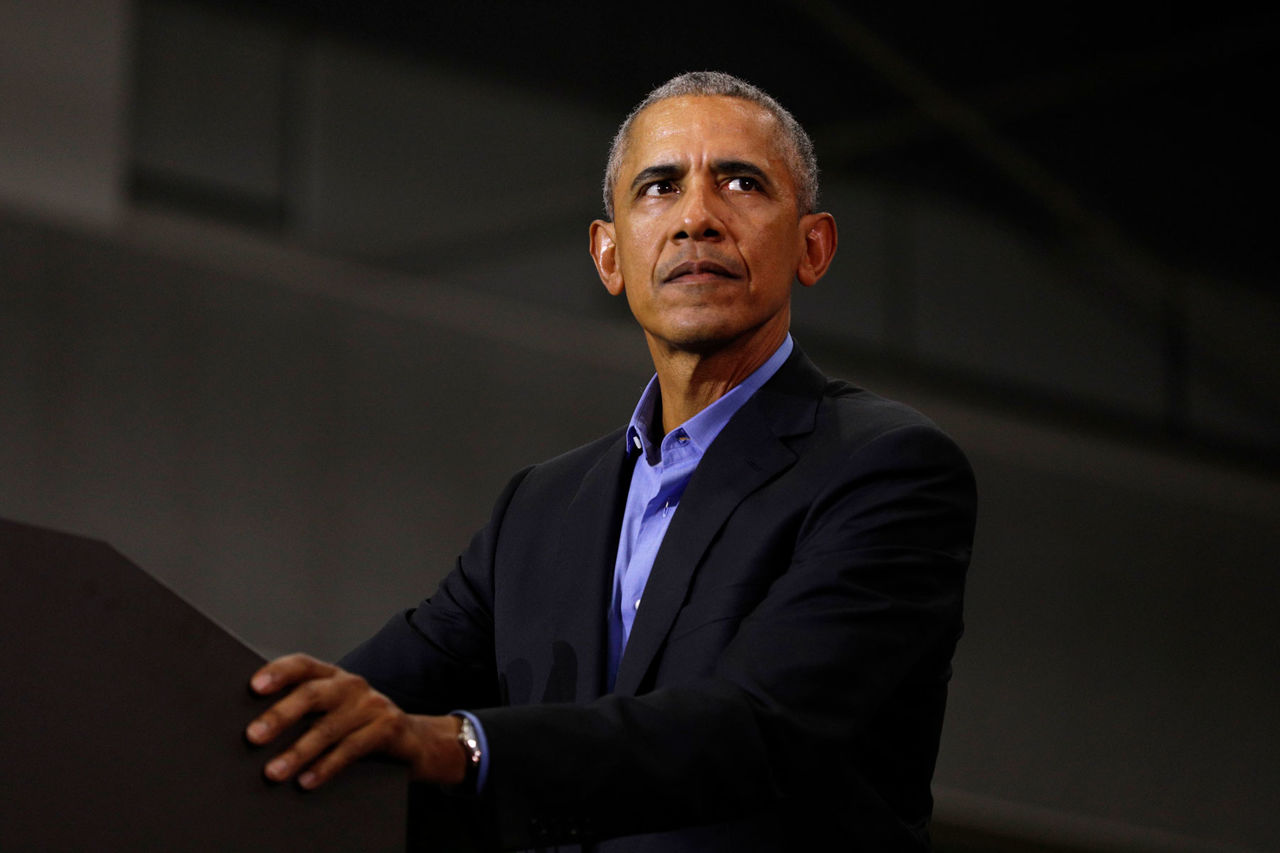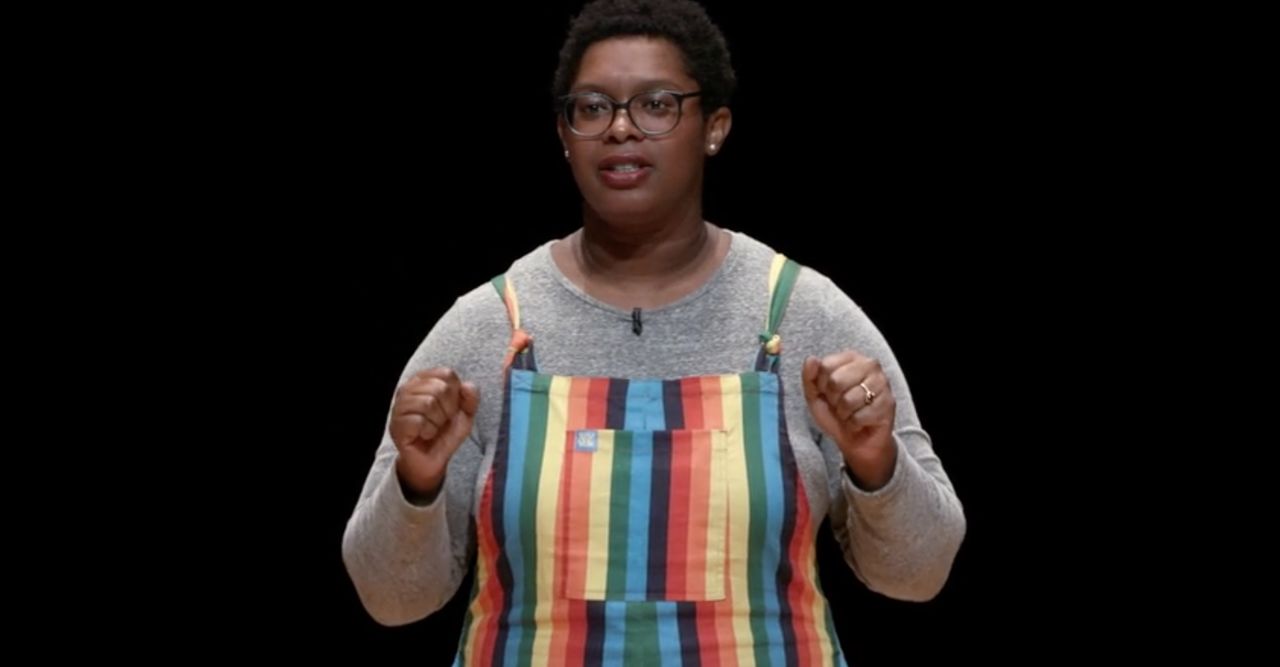Leading from the messy middle
As evidenced by the collective protests we are seeing across the globe, gone are the days of one individual being the figurehead, deferred to on every count. In their place, says Izzy Ashton, Deputy Editor of BITE at Creativebrief, comes collaborative, collective action; a horizontal approach to change.
The coronavirus pandemic has brought with it a lot of talk about a ‘new normal’.
But what of the ‘new normal’ Barack Obama talked about in his statement around the death of George Floyd? The one for which we fight? The one where, owing to collective action, “the legacy of bigotry and unequal treatment no longer infects our institutions and hearts"?
It is arguably the ‘messy middle’ who are slowly but surely implementing change.
What Obama, and many other leaders around the world, are currently calling for is fundamental and rapid change. A dismantling of long-held, systemic practices and beliefs. But while senior leadership teams often find themselves bound by the constraints of policy and historical processes, it is arguably the ‘messy middle’ who are slowly but surely implementing that change.
Whether it’s through action groups, mentoring programmes or simply hounding their bosses, the change-makers in organisations aren’t always where you think they might be because, so often, real leadership is what happens when no-one’s looking. Much like the collective protests we have seen taking place across the globe, gone are the days of one individual being the figurehead, deferred to on every count. In their place comes collaborative, collective action, a horizontal approach to change.

Above: Former President Barack Obama talked of a 'new normal' after the death of George Floyd.
This collective in the middle are maligned unfairly because they aren’t afraid to hold a mirror up to the decision makers, to challenge one another and to have difficult conversations. Perhaps it’s because they have less to lose and more to gain by bringing about long-lasting, large-scale change. But the middle management of today is better at holding their bosses to account in a way that perhaps previous generations weren’t.
Empowering the middle
When you Google 'middle management' the three results that come up are; how to survive it, how to empower it and how to define it. In a company, middle management are the gatekeepers between senior and junior, the people who should have earned the right to autonomy but who are perhaps stuck simply enforcing the ideas that come from above. Empower these individuals, and watch change happen.
Empowering the messy middle within companies is the best way to ensure that people feel inspired.
Because it’s this change that can help to open up the talent pipeline to transform the industry and encourage non-token, balanced and multicultural people at every level. To make sure every voice is heard, every gaze represented, and every chance at leadership is available to everyone. Empowering the messy middle within companies is the best way to ensure that people feel inspired, not directed, to change. Particularly right now, at a time when it’s needed the most.
Empathetic change-making
In a presentation she gave in 2019, as part of Adobe’s 99U talks, the American writer and educator Ashley C. Ford emphasised the importance of empathy when it comes to bringing about change: “If you can be brave enough to imagine past your understanding, you can change everything.” It is empathy that shifts policy, rewrites legislation and opens up opportunities to those who have not had them up to this point. And it is empathy that middle management has in spades.
This is a group that is at the heart of a significant cultural workplace shift taking place.
This is a group that is disinclined to judge people on their job title but rather examine their actions within that job. A name only gets you so far, it is what you demonstrate with it that will carry. This is a group that is at the heart of a significant cultural workplace shift taking place as they look up at their bosses and think, 'that’s not what my idea of success looks like'. Their search for inspiration is more T-shaped and, as such, appears threatening to some people. As a boss, you can’t assume that you know more.

Above: American writer and educator Ashley C. Ford.
This, too, is a group that naturally comes at things from a different point of view, that can often be more meaningful, more naturally in tune with how culture is shifting. Acknowledging this differing perspective is vital when it comes to internal office partnerships made up of people at myriad different levels. This collaborative, cross-level approach is vital because it forces workplaces to examine their hierarchy of importance.
Real leadership happens when no-one’s looking
“Visibility is not the same thing as influence,” wrote journalist Nesrine Malik in a recent column for The Guardian exploring what happens after the Black Lives Matter protests end. Ultimately, businesses need to create the space for that influence to occur; to build a space that people are not only invited to be a part of but where they also feel empowered to have an opinion, or to voice the fact they think something isn’t right.
Middle management has long been considered to be a barrier to change... but that is not the case.
Middle management has long been considered to be a barrier to change; to be the block between things that are said and things that are done. But that is not the case. The messy middle is where action is occurring, bridging the gap that still exists between those entering the creative industries and those already embedded deep within them.
You’re not junior and you’re not senior; you’re occupying the middle ground. But, it turns out, that can be a pretty powerful place to be.
)




 + membership
+ membership








